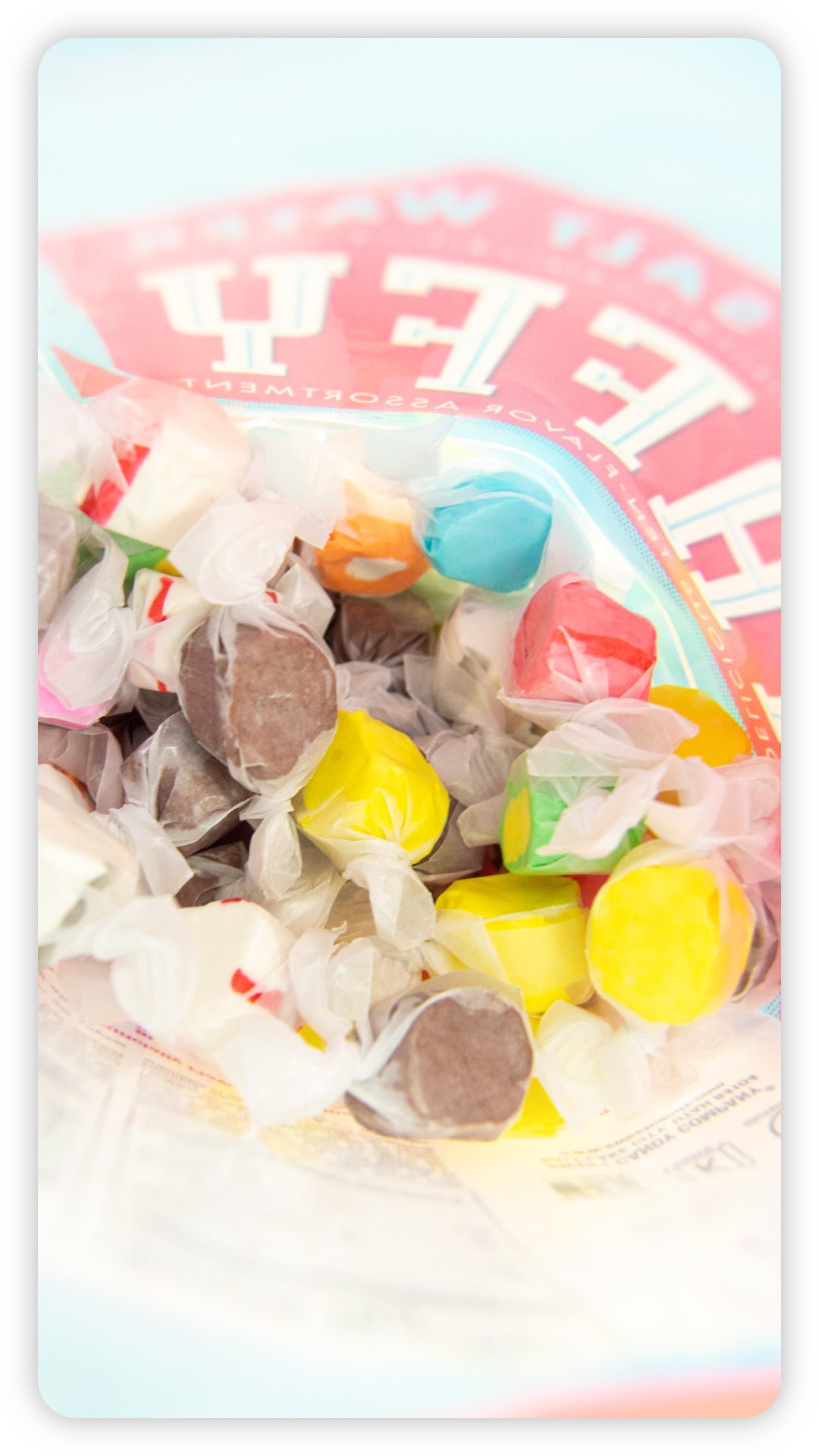I Luv Candi Can Be Fun For Anyone
Not known Incorrect Statements About I Luv Candi
Table of ContentsOur I Luv Candi DiariesThe Buzz on I Luv CandiSome Known Facts About I Luv Candi.Not known Facts About I Luv CandiThe Greatest Guide To I Luv Candi
You can also approximate your very own revenue by applying different presumptions with our financial strategy for a sweet shop. Ordinary monthly income: $2,000 This sort of sweet-shop is frequently a small, family-run service, possibly understood to locals however not drawing in great deals of travelers or passersby. The shop could supply a choice of typical candies and a few homemade deals with.
The shop doesn't typically lug uncommon or expensive products, focusing rather on affordable deals with in order to keep routine sales. Thinking an average spending of $5 per customer and around 400 consumers each month, the month-to-month revenue for this candy shop would certainly be roughly. Average monthly revenue: $20,000 This sweet-shop gain from its critical place in a busy metropolitan area, drawing in a large number of customers looking for sweet indulgences as they go shopping.

Along with its diverse candy choice, this store may additionally sell associated products like present baskets, sweet arrangements, and novelty products, giving multiple profits streams. The shop's location calls for a higher budget for rental fee and staffing yet leads to greater sales quantity. With an estimated typical spending of $10 per consumer and concerning 2,000 consumers monthly, this shop can generate.
All about I Luv Candi
Situated in a major city and tourist destination, it's a big establishment, commonly spread over multiple floors and potentially component of a national or international chain. The store supplies an immense variety of sweets, consisting of unique and limited-edition things, and merchandise like branded garments and devices. It's not just a store; it's a destination.
These destinations aid to draw countless visitors, substantially boosting prospective sales. The functional prices for this type of shop are substantial because of the area, dimension, personnel, and includes used. The high foot website traffic and ordinary costs can lead to substantial income. Thinking a typical purchase of $20 per client and around 2,500 consumers per month, this flagship store could accomplish.
Classification Examples of Expenditures Typical Monthly Expense (Range in $) Tips to Reduce Expenses Lease and Utilities Store rent, power, water, gas $1,500 - $3,500 Take into consideration a smaller sized area, negotiate rental fee, and make use of energy-efficient lights and home appliances. Supply Candy, treats, packaging products $2,000 - $5,000 Optimize inventory monitoring to decrease waste and track preferred products to prevent overstocking.
Get This Report about I Luv Candi
Advertising and Advertising Printed products, on-line advertisements, promotions $500 - $1,500 Concentrate on cost-effective digital marketing and use social networks platforms free of charge promotion. Insurance policy Business responsibility insurance policy $100 - $300 Search for affordable insurance policy prices and think about bundling policies. Devices and Upkeep Sales register, display shelves, repair services $200 - $600 Buy previously owned devices when possible and perform regular upkeep to extend devices life expectancy.

This suggests that the sweet-shop has gotten to a factor where it covers all its dealt with costs and starts generating earnings, we call it the breakeven factor. Think about an instance of a candy shop where the month-to-month fixed costs normally total up to approximately $10,000. A harsh estimate for the breakeven factor of a sweet shop, would certainly then be about (because it's the total set cost to cover), or selling in between with a cost variety of $2 to $3.33 each.
The Best Guide To I Luv Candi
A huge, well-located sweet-shop would clearly have a higher breakeven point than a little store that does not require much revenue to cover their costs. Curious regarding the earnings of your sweet store? Attempt out our user-friendly financial plan crafted for sweet-shop. Merely input your own presumptions, and it will help you compute the quantity you need to earn in order to run a rewarding company - carobana.
Another danger is competitors from other candy stores or larger retailers who may offer a bigger range of products at lower prices (https://www.goodreads.com/user/show/176854025-carol-lunceford). Seasonal variations in need, like a decrease in sales after vacations, can likewise impact profitability. Furthermore, changing consumer choices for much healthier snacks or dietary constraints can decrease the allure of conventional candies
Lastly, financial downturns that minimize customer spending can influence candy store sales and earnings, making it crucial for sweet-shop to handle their costs and adjust to changing market problems to remain successful. These threats are often consisted of in the SWOT analysis for a sweet store. Gross margins and internet margins are vital indicators used to determine the earnings of a sweet shop organization.
Excitement About I Luv Candi
Essentially, it's the profit remaining after subtracting prices directly associated to the candy supply, such as purchase costs from distributors, production costs (if the candies are homemade), and personnel incomes for those associated with manufacturing or sales. https://yoomark.com/content/i-luv-candi-your-premium-candy-store-located-sunshine-coast-and-online-satisfy-your-sweet. Net margin, alternatively, consider all the costs the sweet-shop sustains, consisting of indirect costs like management costs, advertising, here are the findings rent, and tax obligations
Sweet-shop typically have a typical gross margin.For instance, if your candy store gains $15,000 per month, your gross profit would certainly be roughly 60% x $15,000 = $9,000. Let's show this with an example. Consider a sweet-shop that offered 1,000 candy bars, with each bar valued at $2, making the total profits $2,000 - camel balls candy. Nevertheless, the store sustains expenses such as acquiring the sweets, utilities, and wages available for sale staff.